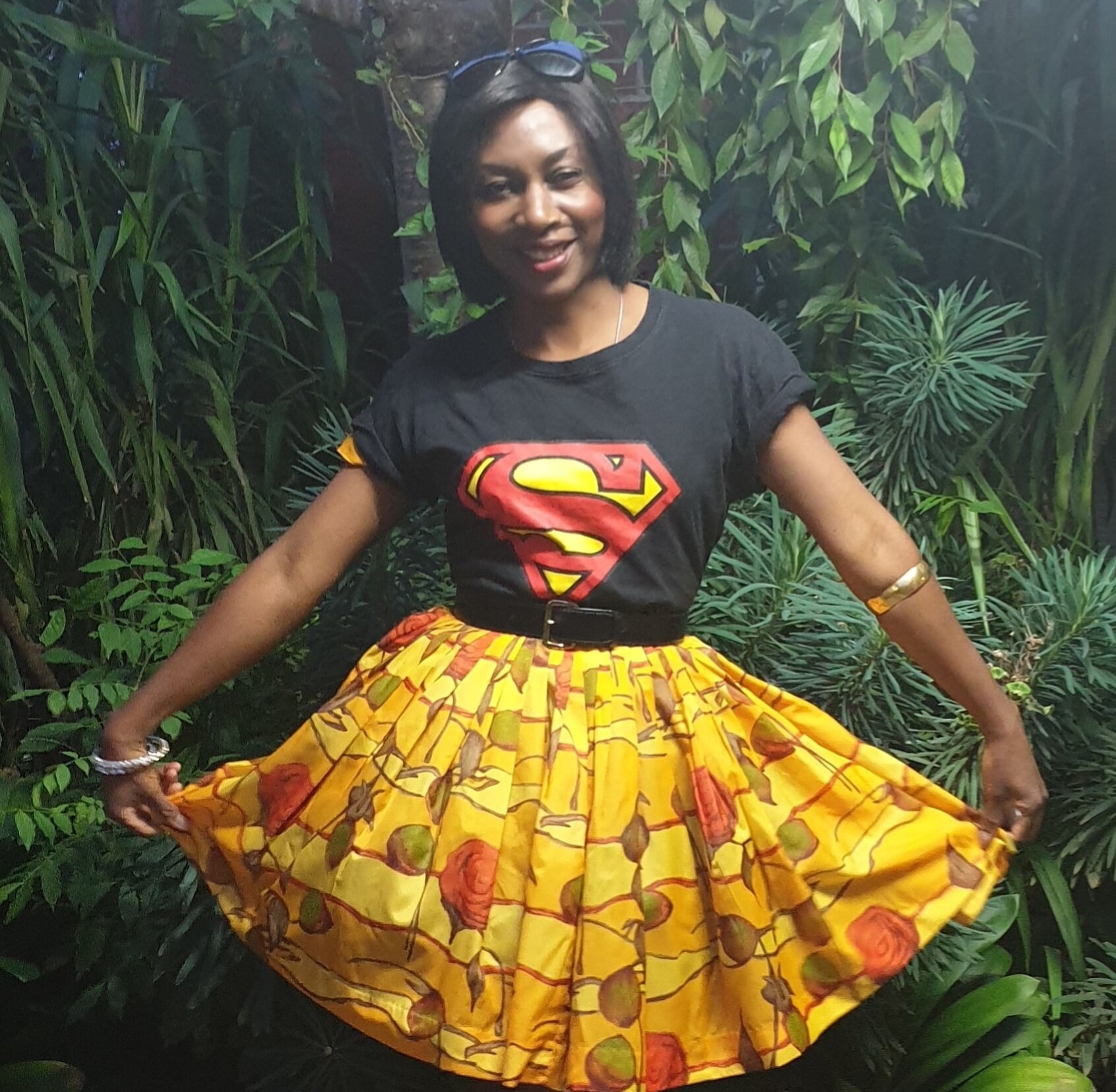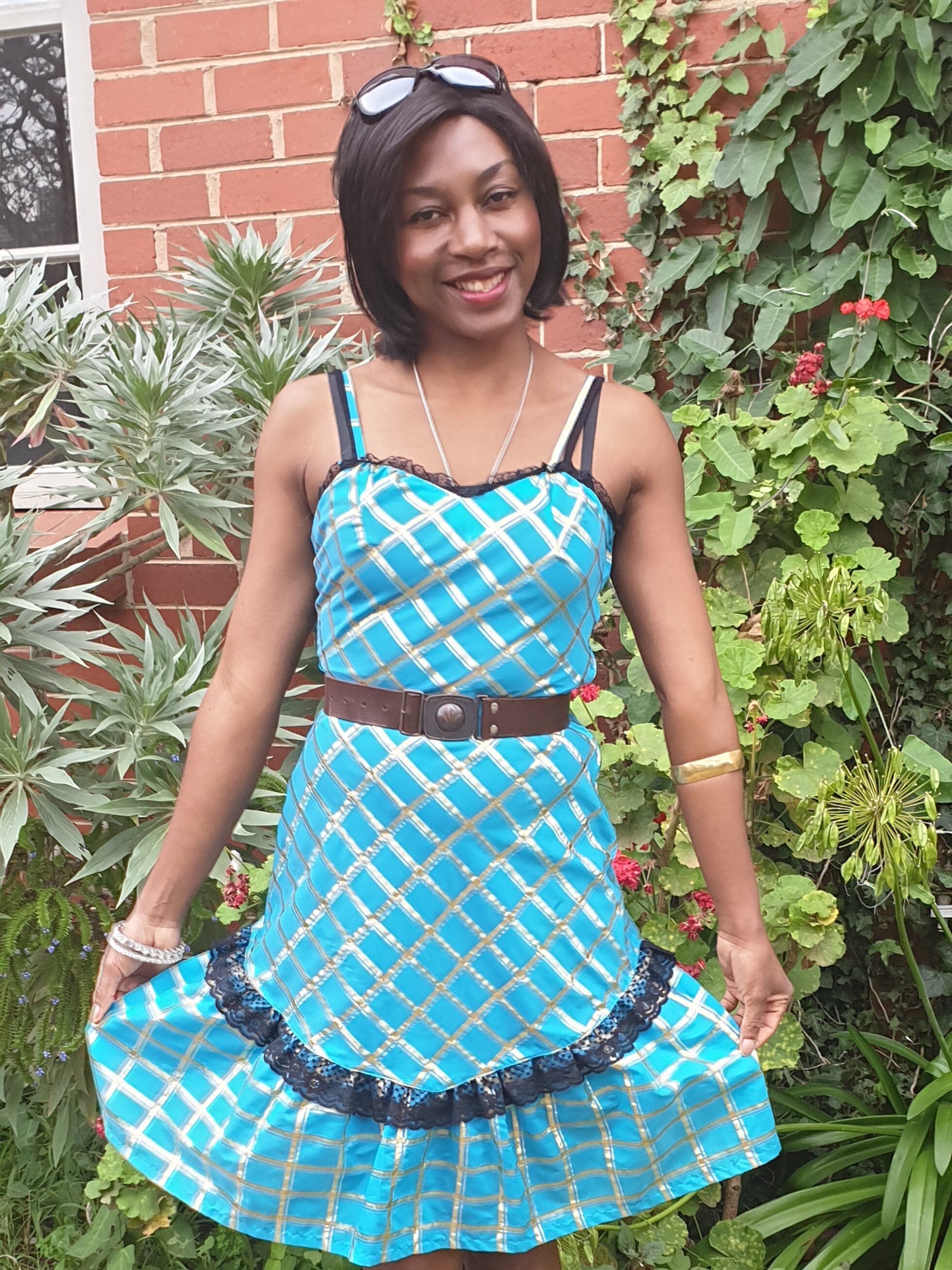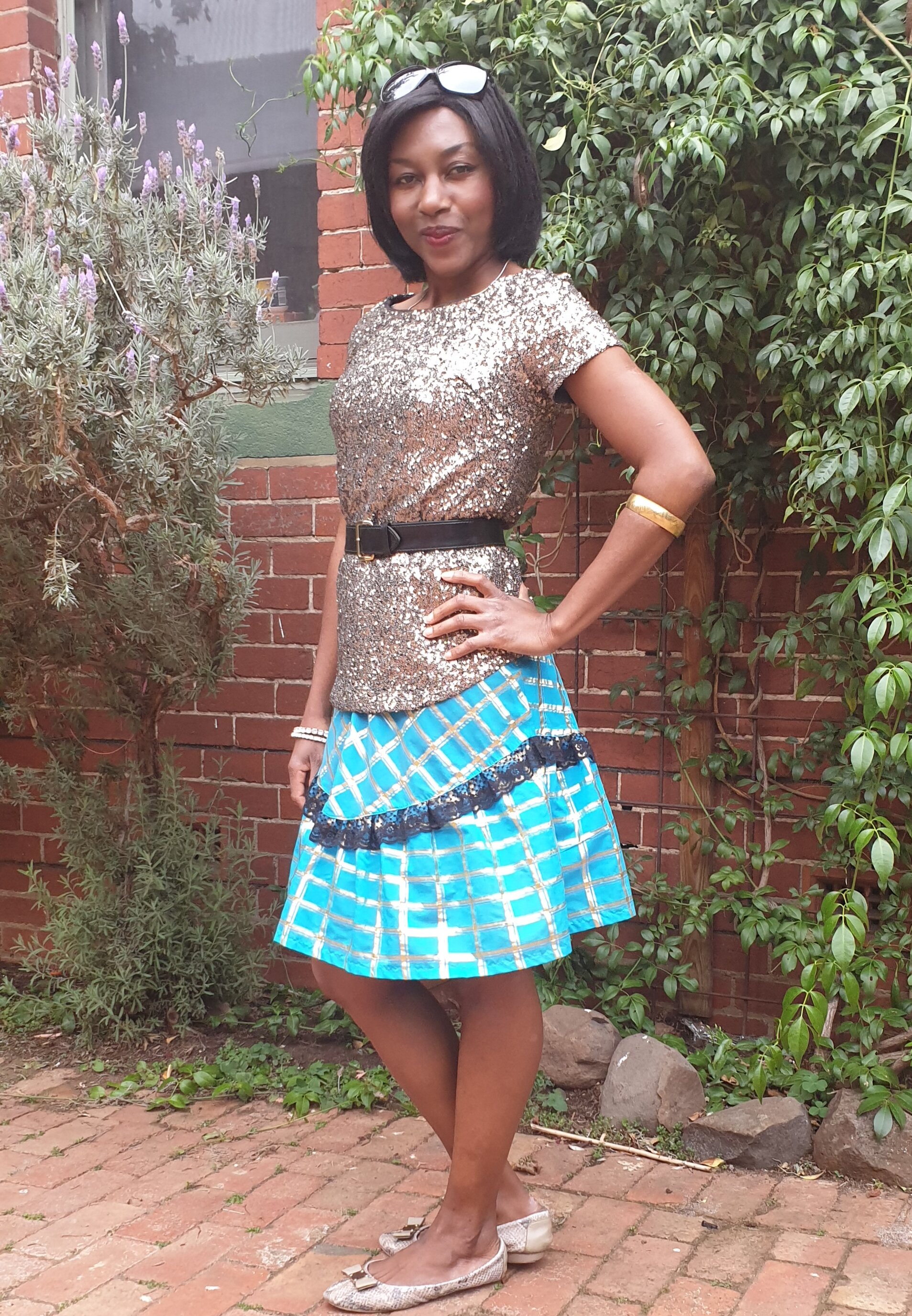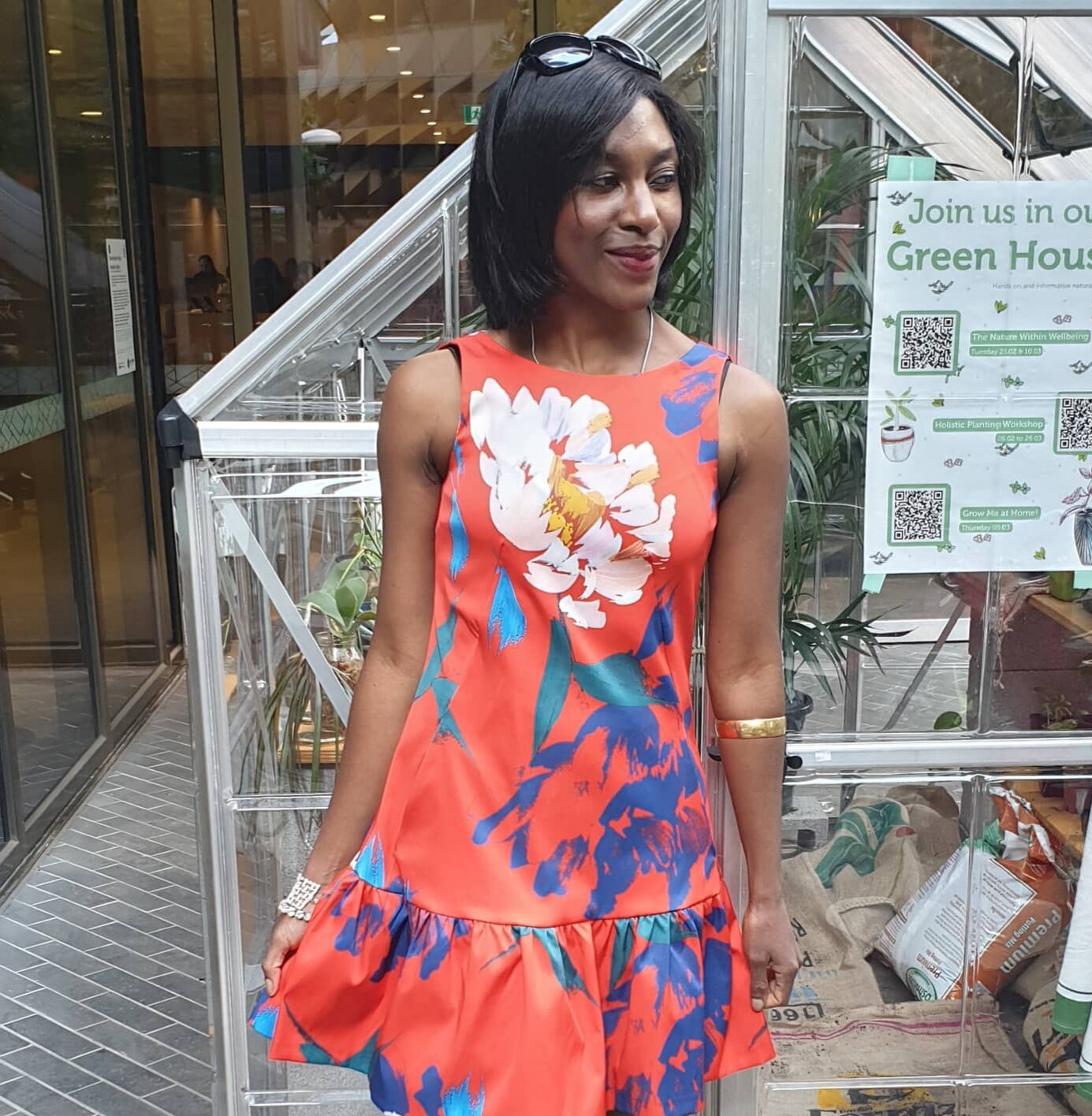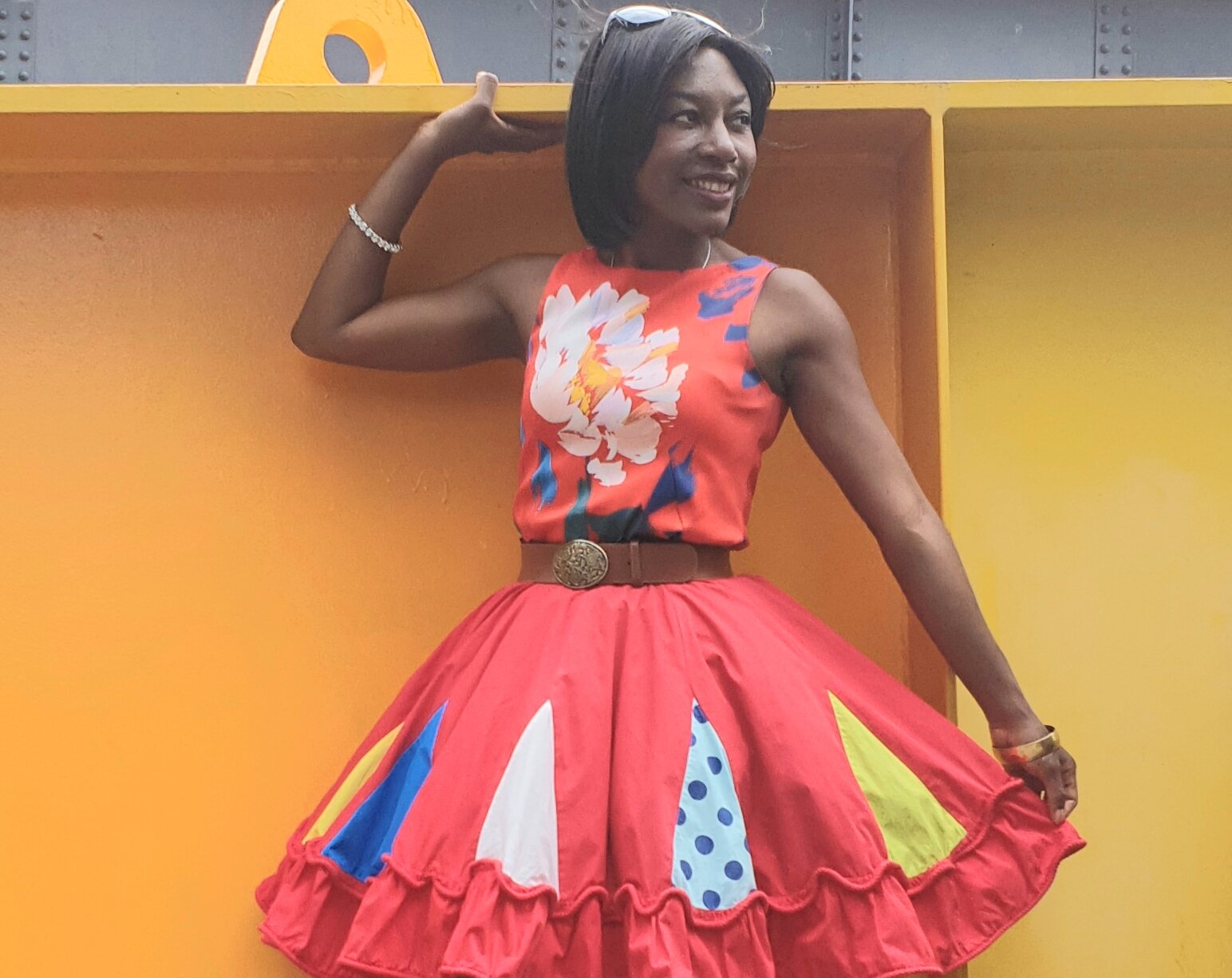Who would have ever thunk that looking stylish on your own terms could be linked with reducing climate change? The fashion and textile industry produce over 92 million tonnes of waste and consumes 1.5 trillion tonnes of waste water per year. And the Global South bears the biggest brunt when it comes to fashion’s social injustices around the exploitation of garment workers and human rights abuses. With over 100 billion new garments being produced each year, 85% ends up in landfill or incinerated. About 95% of the textiles sent to landfill each year can be recycled. We will need systems in place to do this efficiently and holistically. However, there are things we can each do right now in our wardrobes to minimise waste, reduce the impact on climate change and honour the hard work of garment workers: restyle your wardrobe!
This simple and fun process of mixing and matching different pieces and jewellery to create new outfit combinations that you typically would not put together is called RESTYLING. The process of layering and accessorising to create new and different looks for multiple types of occasions can reduce the amount of clothing that you buy because you’re likely to re-use your clothes for longer periods of time. This ultimately reduces the amount of clothes you buy, which reduces the amount of clothes that goes to landfill and furthermore reduces fashion’s impact on climate change. (The Global Fashion Agenda has predicted that the level of apparel consumption will rise by 63% to 102 million tonnes by 2030 if the current trends continue).
Here are some preloved pieces that I’ve restyled as examples of how you can layer and accessorise to either create a capsule wardrobe or get longer use of your clothing (regardless of your size, age or lifestyle). The important thing is to do in the way that suits your personality and lifestyle without following fashion trends.
RESTYLING
In the photos above and below, I’ve simply used a dress on it’s own and then as a top and also as a skirt:
Yellow, floral 1950’s original vintage dress turned into a skirt by wearing my black supergirl t-shirt on it.
Turquoise and gold geometric-pattern 1980s retro dress restlyed as a top with my plaid tafeta maxi skirt and a black belt. The restyled again as a skirt using my gold sequinned top and a black belt.
Red, floral preloved drop-waist dress restyled as a top using a fun red, mixed pattern, handmade skirt and tan belt with a metal buckle.
These are some of the most basic restyling techniques that I’ve been using for years because it works for me. It has reduced the amount of tops I needed to buy to go with my skirts and vice versa! You can restyle your own clothes using different hats, shoes, scarves, jewellery and various garments in ways that are practical for you and your daily life.
Outfits sourced from:
Yellow, floral 1950’s vintage dress: Lifeline op shop.
Black supergirl t-shirt: Red Cross op shop.
Turquoise & gold geometric-pattern 1980’s retro dress: Bowerbird Vintage store.
Plaid, taffeta maxi skirt: Salvos op shop.
Gold, sequinned top: Savers op shop.
Red, floral drop-waist dress: South Melbourne Community Chest op shop.
Red, mixed pattern, handmade vintage skirt: Red Cross op shop.
♥ Nina Gbor
References:

